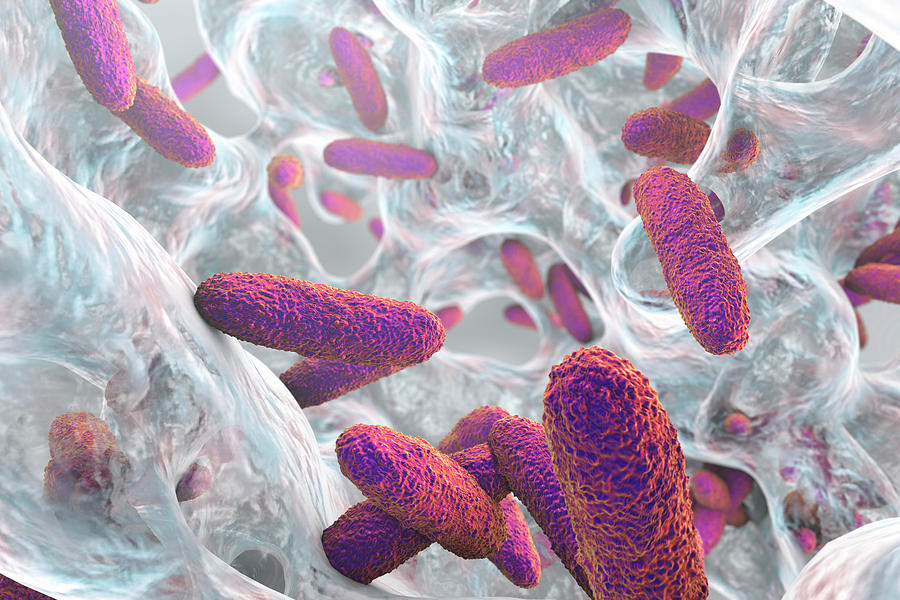E. coli is a type of bacteria commonly found in the kitchen sink. It is a gram-negative, rod-shaped bacterium that is part of the normal flora in the human gut. However, certain strains of E. coli can cause foodborne illness, particularly if ingested through contaminated food or water. The presence of E. coli in the kitchen sink is likely due to cross-contamination from raw meat or unwashed produce. It can also be introduced through poor hygiene practices, such as not properly washing hands after using the bathroom.E. coli
Salmonella is another common type of bacteria found in the kitchen sink. It is a gram-negative, rod-shaped bacterium that can cause food poisoning if ingested. Salmonella is commonly found in raw poultry, eggs, and dairy products, and can easily contaminate surfaces, including the kitchen sink. To prevent the spread of Salmonella, it is important to properly cook and handle raw meat and eggs, as well as regularly disinfecting the kitchen sink and other surfaces.Salmonella
Staphylococcus aureus, or S. aureus, is a type of bacteria commonly found in the kitchen sink. It is a gram-positive, spherical bacterium that is part of the normal flora on the skin and in the nose. However, certain strains of S. aureus can cause food poisoning if introduced into food or water. S. aureus can be introduced into the kitchen sink through contact with contaminated surfaces or hands. It is important to regularly clean and disinfect the sink and other kitchen surfaces to prevent the spread of this bacteria.Staphylococcus aureus
Listeria monocytogenes, or L. monocytogenes, is a type of bacteria commonly found in the kitchen sink. It is a gram-positive, rod-shaped bacterium that can cause listeriosis, a serious infection, if ingested. L. monocytogenes is commonly found in raw and processed meats, as well as unpasteurized dairy products. To prevent the spread of L. monocytogenes, it is important to properly cook and handle raw meats and to avoid consuming unpasteurized dairy products. Regularly cleaning and disinfecting the kitchen sink can also help prevent the spread of this bacteria.Listeria monocytogenes
Campylobacter is a type of bacteria commonly found in the kitchen sink. It is a gram-negative, spiral-shaped bacterium that can cause food poisoning if ingested. Campylobacter is commonly found in raw poultry, unpasteurized milk, and contaminated water. Properly cooking and handling raw poultry and avoiding unpasteurized milk can help prevent the spread of Campylobacter. It is also important to regularly clean and disinfect the kitchen sink, as well as avoid cross-contamination with other foods.Campylobacter
Shigella is a type of bacteria commonly found in the kitchen sink. It is a gram-negative, rod-shaped bacterium that can cause shigellosis, a type of food poisoning. Shigella is commonly found in contaminated food or water, and can easily be spread through poor hygiene practices. To prevent the spread of Shigella, it is important to properly wash hands after using the bathroom and before handling food. Regularly cleaning and disinfecting the kitchen sink can also help prevent the spread of this bacteria.Shigella
Clostridium perfringens, or C. perfringens, is a type of bacteria commonly found in the kitchen sink. It is a gram-positive, rod-shaped bacterium that can cause food poisoning if ingested. C. perfringens is commonly found in raw and undercooked meats, as well as in soil and water. To prevent the spread of C. perfringens, it is important to properly cook and handle raw meats, and to avoid consuming undercooked meats. Regularly cleaning and disinfecting the kitchen sink can also help prevent the spread of this bacteria.Clostridium perfringens
Enterobacter is a type of bacteria commonly found in the kitchen sink. It is a gram-negative, rod-shaped bacterium that is part of the normal flora in the human gut. However, certain strains of Enterobacter can cause food poisoning if ingested through contaminated food or water. The presence of Enterobacter in the kitchen sink is likely due to cross-contamination from raw meat or unwashed produce. It can also be introduced through poor hygiene practices, such as not properly washing hands after using the bathroom.Enterobacter
Proteus is a type of bacteria commonly found in the kitchen sink. It is a gram-negative, rod-shaped bacterium that is part of the normal flora in the human gut. However, certain strains of Proteus can cause food poisoning if ingested through contaminated food or water. The presence of Proteus in the kitchen sink is likely due to cross-contamination from raw meat or unwashed produce. It can also be introduced through poor hygiene practices, such as not properly washing hands after using the bathroom.Proteus
Klebsiella is a type of bacteria commonly found in the kitchen sink. It is a gram-negative, rod-shaped bacterium that is part of the normal flora in the human gut. However, certain strains of Klebsiella can cause food poisoning if ingested through contaminated food or water. The presence of Klebsiella in the kitchen sink is likely due to cross-contamination from raw meat or unwashed produce. It can also be introduced through poor hygiene practices, such as not properly washing hands after using the bathroom.Klebsiella
The Importance of Regularly Cleaning Your Kitchen Sink to Prevent Harmful Bacteria

Why is Bacteria in the Kitchen Sink a Concern?
 The kitchen sink is an essential part of any household. It is where we wash our dishes, clean our fruits and vegetables, and even wash our hands. However, studies have shown that the kitchen sink is one of the dirtiest places in the house, harboring millions of bacteria and germs. This is a cause for concern as these bacteria can potentially cause illness and affect the health of you and your family. Therefore, it is crucial to understand the importance of regularly cleaning your kitchen sink to prevent the growth and spread of harmful bacteria.
The kitchen sink is an essential part of any household. It is where we wash our dishes, clean our fruits and vegetables, and even wash our hands. However, studies have shown that the kitchen sink is one of the dirtiest places in the house, harboring millions of bacteria and germs. This is a cause for concern as these bacteria can potentially cause illness and affect the health of you and your family. Therefore, it is crucial to understand the importance of regularly cleaning your kitchen sink to prevent the growth and spread of harmful bacteria.
The Role of Moisture in Bacteria Growth
The Spread of Harmful Bacteria Through Cross-Contamination
 Cross-contamination is the transfer of bacteria from one surface to another. In the kitchen sink, this can happen when we wash raw meat, poultry, or eggs, and the bacteria from these items can easily spread to other surfaces, such as our hands or clean dishes. If not cleaned properly, the kitchen sink can become a breeding ground for harmful bacteria, such as E.coli and Salmonella, which can cause foodborne illnesses. Regularly cleaning and disinfecting the sink can help prevent the spread of these bacteria and keep your family safe.
Cross-contamination is the transfer of bacteria from one surface to another. In the kitchen sink, this can happen when we wash raw meat, poultry, or eggs, and the bacteria from these items can easily spread to other surfaces, such as our hands or clean dishes. If not cleaned properly, the kitchen sink can become a breeding ground for harmful bacteria, such as E.coli and Salmonella, which can cause foodborne illnesses. Regularly cleaning and disinfecting the sink can help prevent the spread of these bacteria and keep your family safe.
Tips for Keeping Your Kitchen Sink Clean and Bacteria-Free
 To maintain a clean and bacteria-free kitchen sink, here are some tips to follow:
- Wash and disinfect your sink at least once a day using hot water and a disinfectant cleaner.
- Don't leave wet sponges or strainers in the sink; dry them out after each use.
- Regularly clean and disinfect your **sink strainer** and replace it every few months.
- After handling raw meat, poultry, or eggs, wash your hands thoroughly with soap and water before touching anything else.
- Use separate cutting boards for raw meat and vegetables to prevent cross-contamination.
- Rinse your sink with hot water after each use, and dry it with a clean towel.
To maintain a clean and bacteria-free kitchen sink, here are some tips to follow:
- Wash and disinfect your sink at least once a day using hot water and a disinfectant cleaner.
- Don't leave wet sponges or strainers in the sink; dry them out after each use.
- Regularly clean and disinfect your **sink strainer** and replace it every few months.
- After handling raw meat, poultry, or eggs, wash your hands thoroughly with soap and water before touching anything else.
- Use separate cutting boards for raw meat and vegetables to prevent cross-contamination.
- Rinse your sink with hot water after each use, and dry it with a clean towel.
Conclusion
 In conclusion, the kitchen sink is a breeding ground for harmful bacteria, and regular cleaning is essential to prevent their growth and spread. By following the tips mentioned above and making it a part of your daily routine, you can ensure a clean and bacteria-free kitchen sink, promoting a healthy and safe household for you and your family.
In conclusion, the kitchen sink is a breeding ground for harmful bacteria, and regular cleaning is essential to prevent their growth and spread. By following the tips mentioned above and making it a part of your daily routine, you can ensure a clean and bacteria-free kitchen sink, promoting a healthy and safe household for you and your family.



.jpg)

















/salmonella_bacteria-56a09b265f9b58eba4b2044a.jpg)




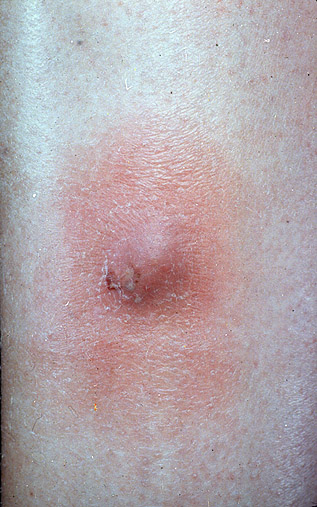
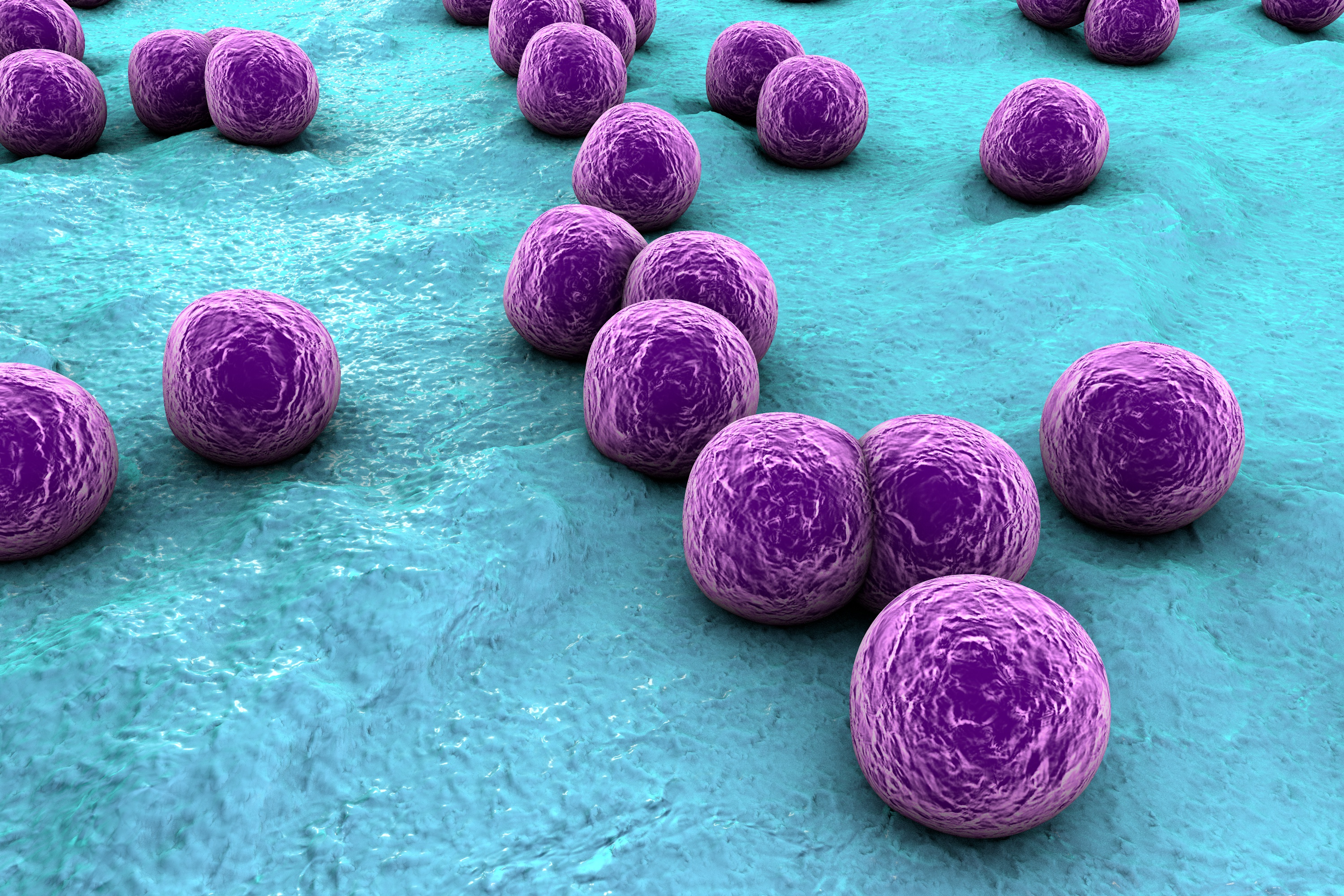


















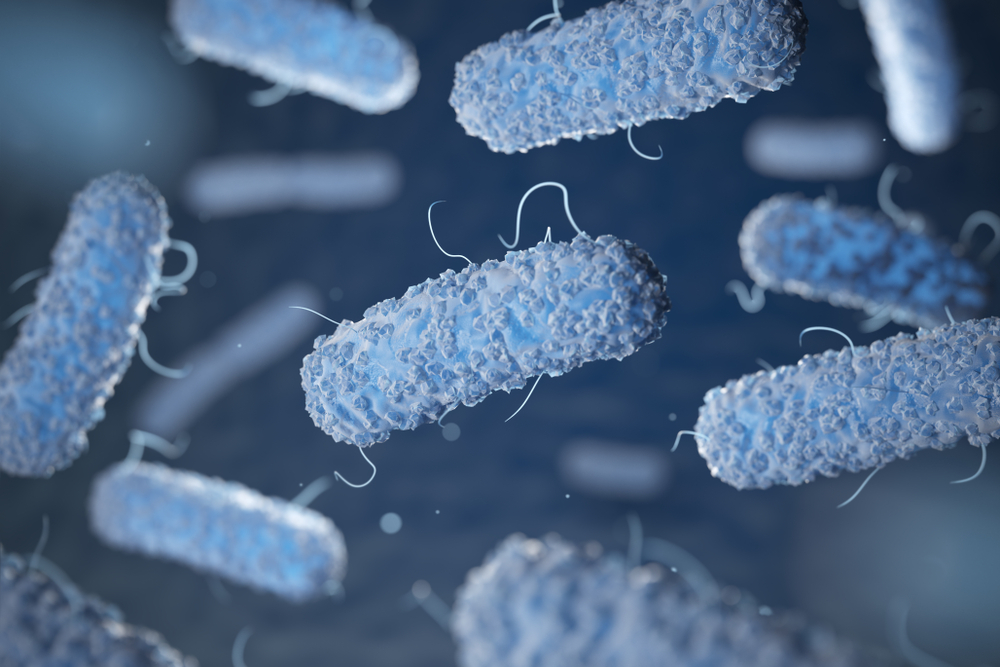



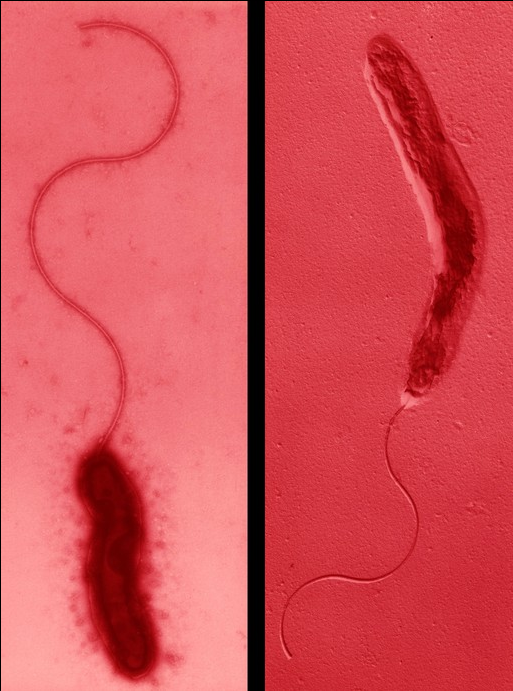


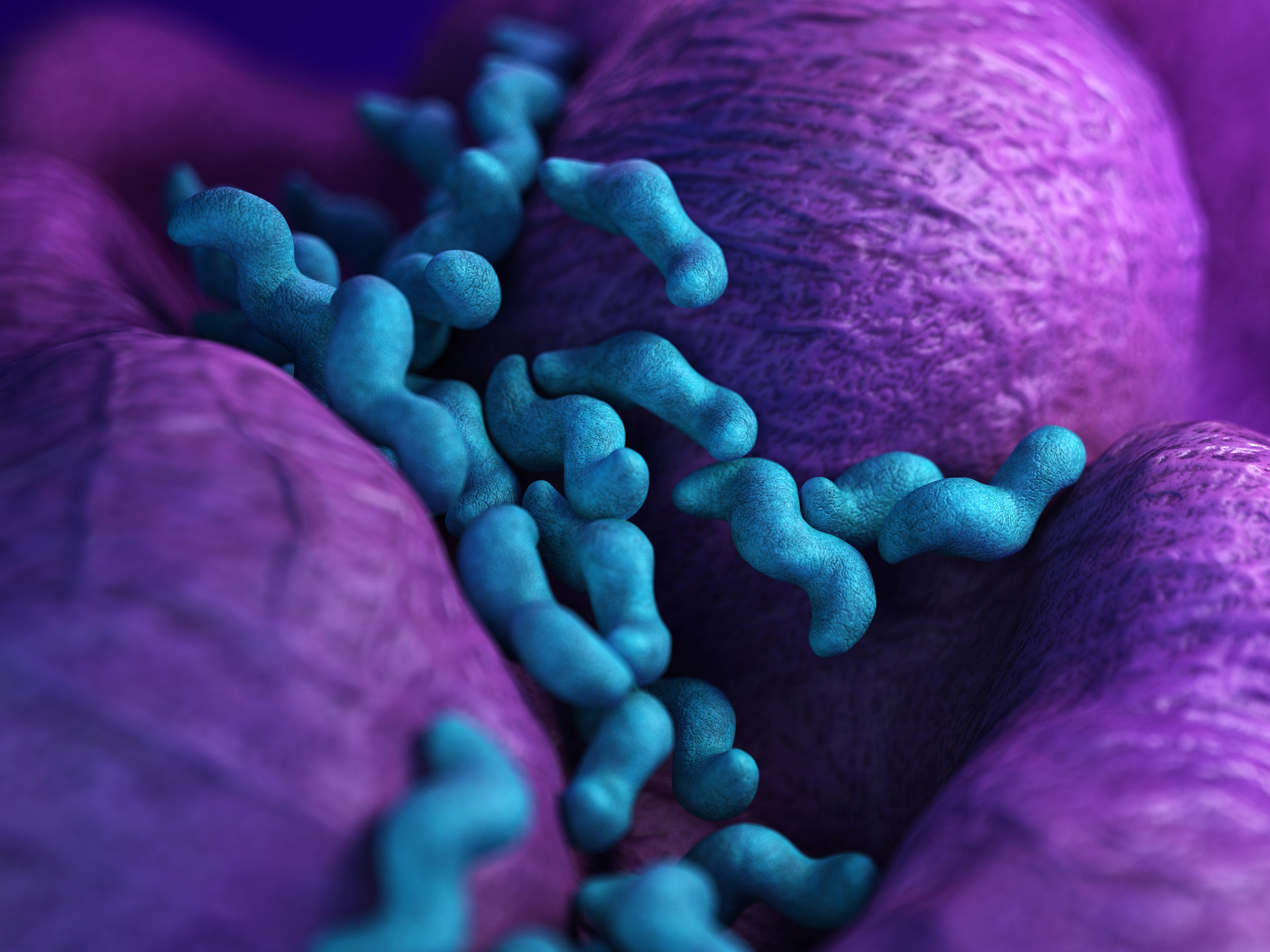
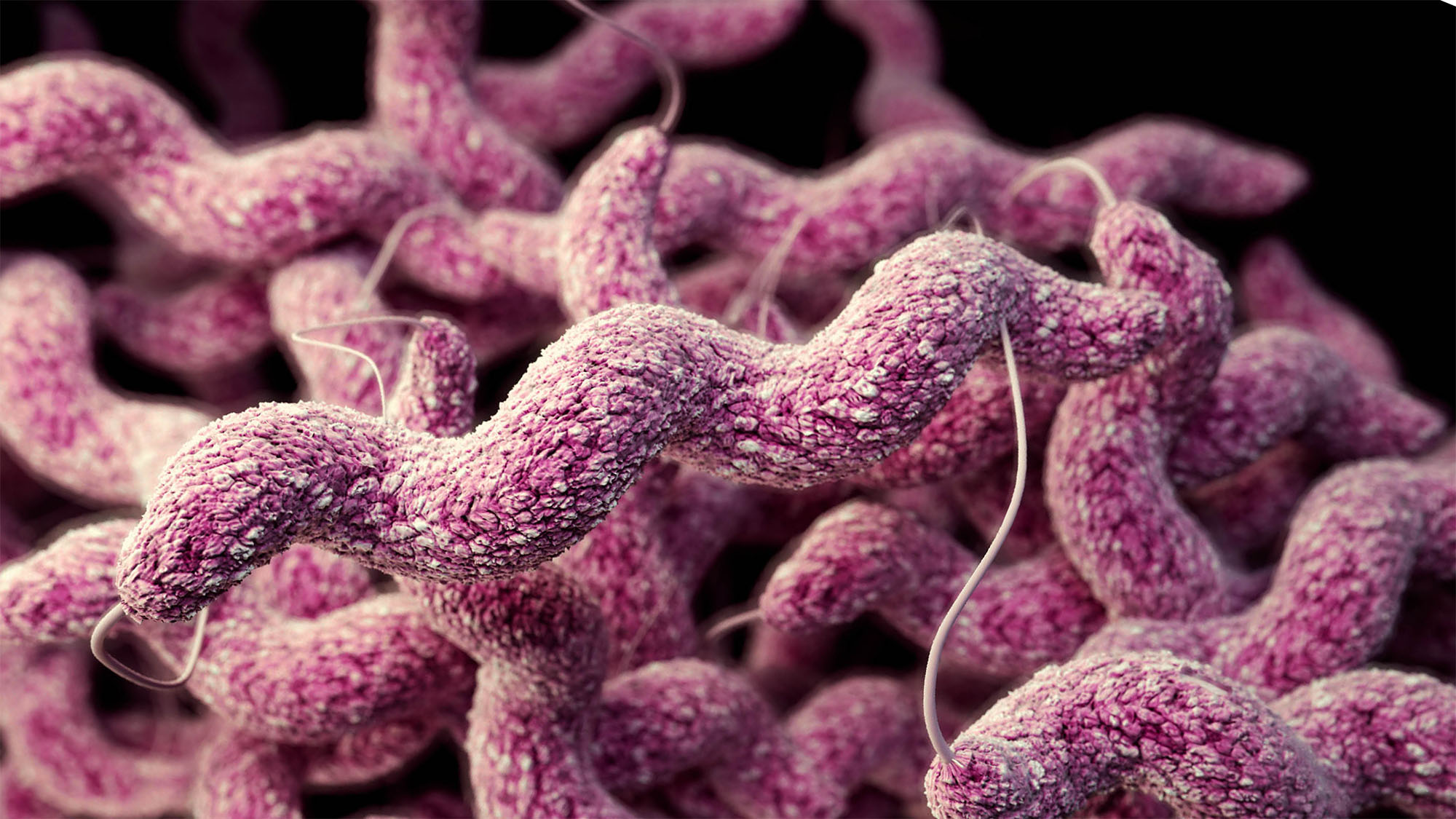





















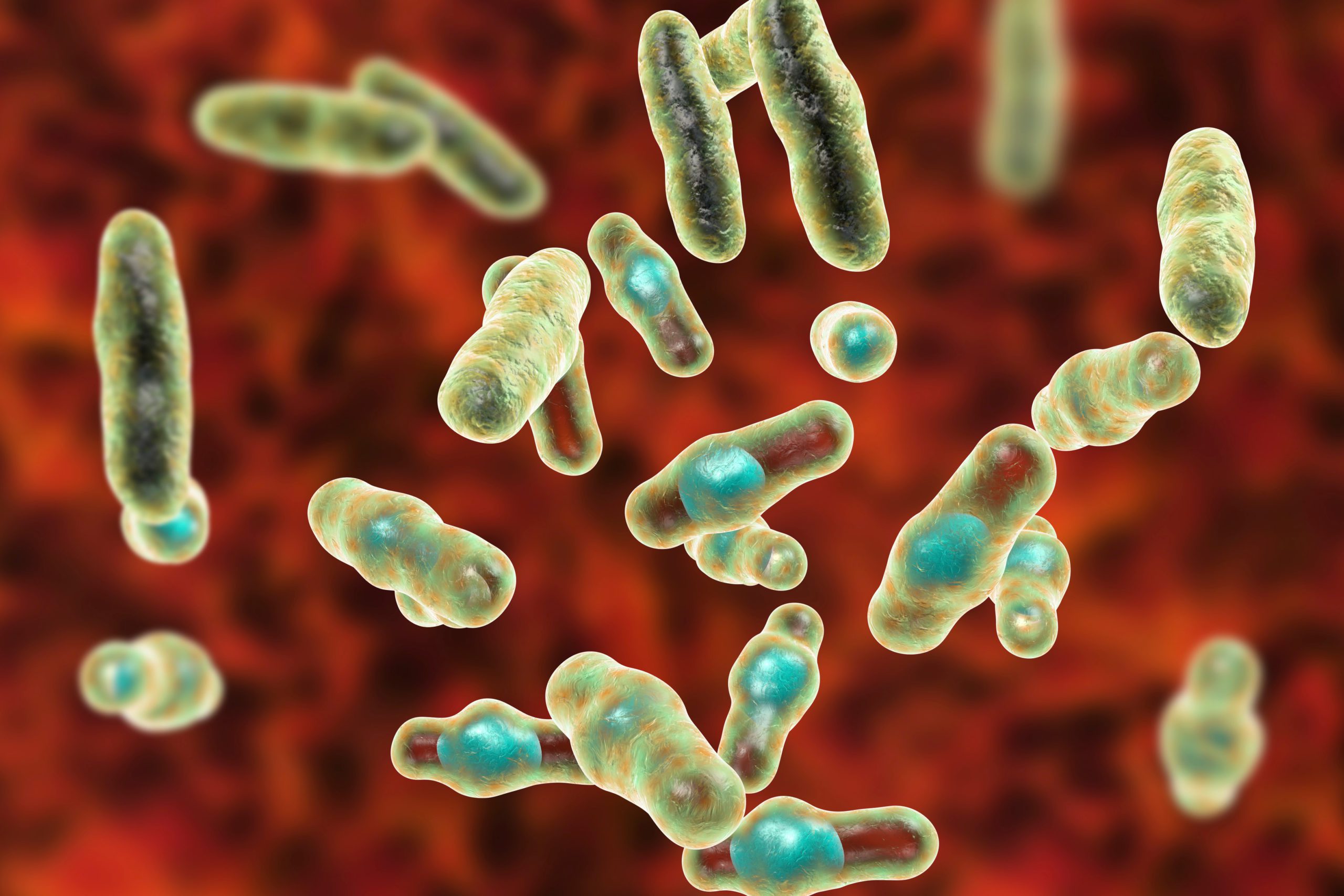



























:max_bytes(150000):strip_icc()/Klebsiella-56a26ffd5f9b58b7d0ca5886.jpg)








